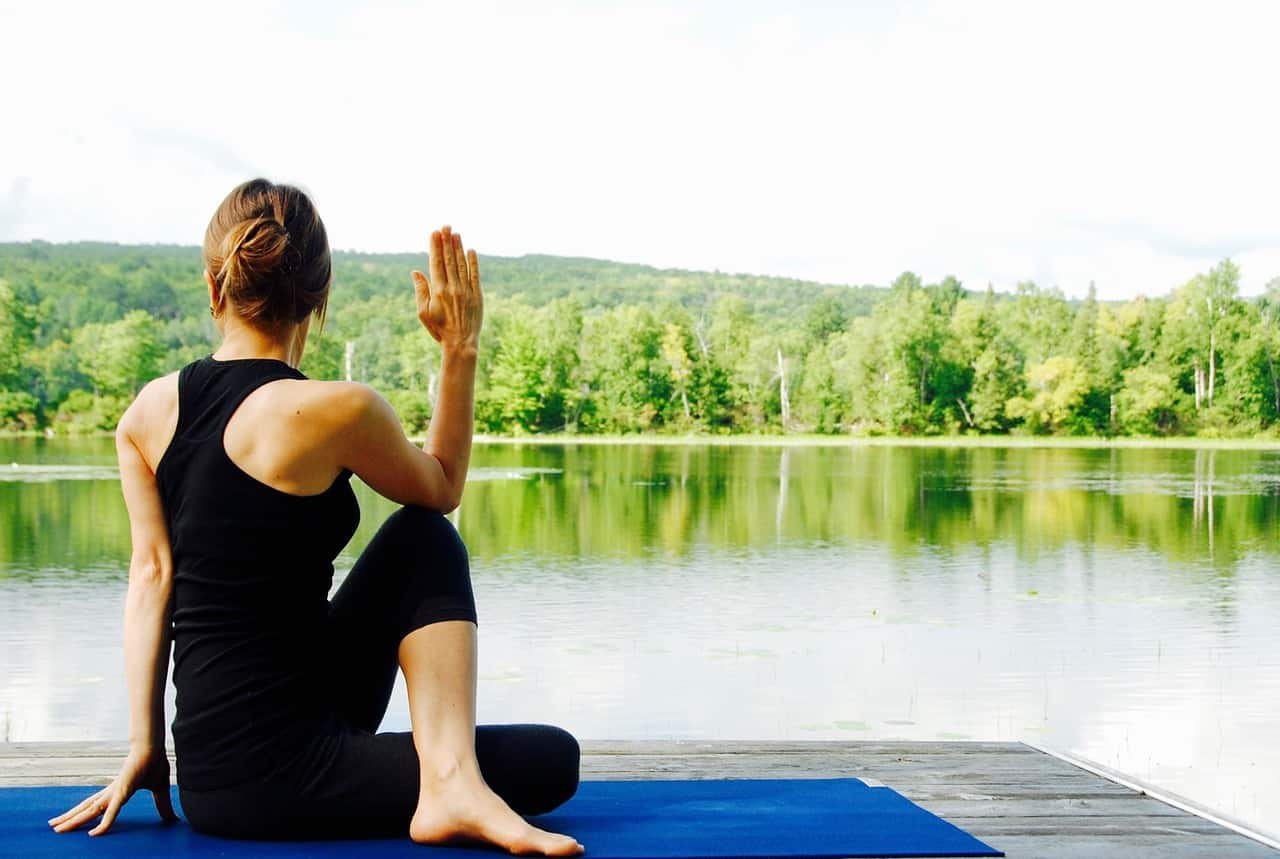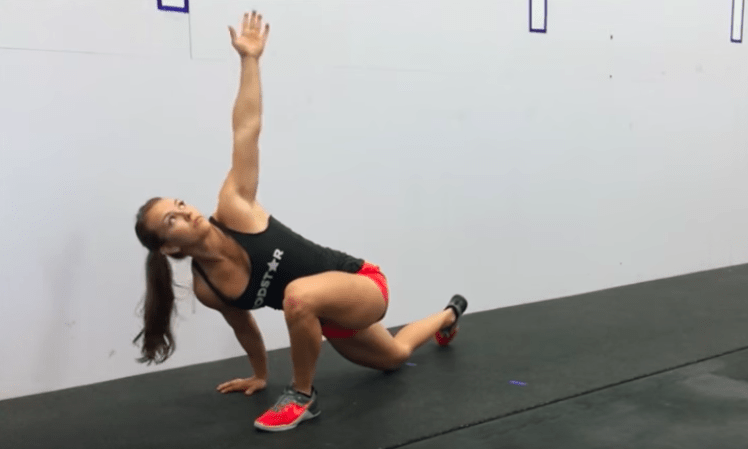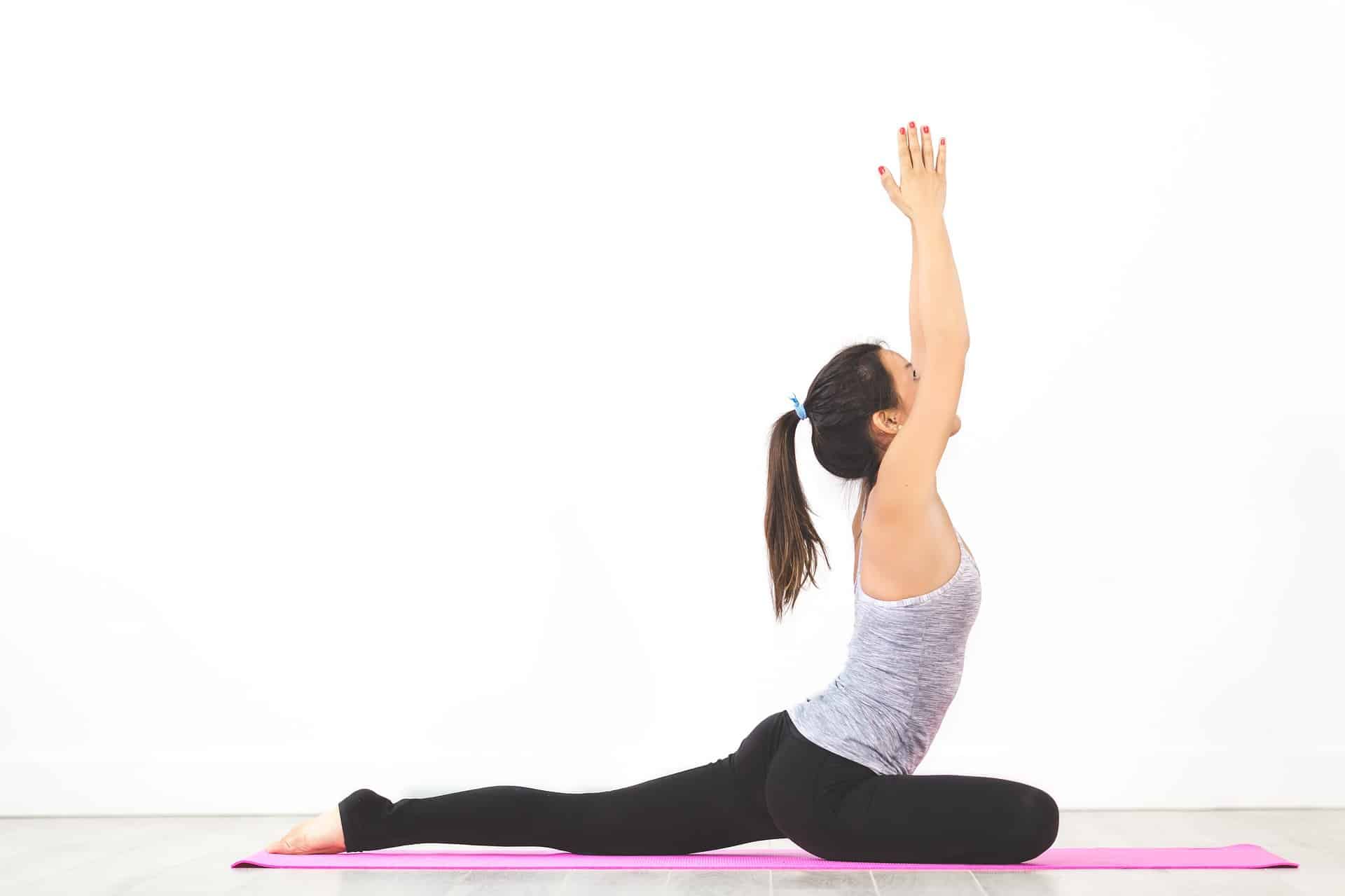Can leg stretches really make a difference? You are lucky enough just to fit in the exercise itself – and now you see that more should be added to your regimen? We will talk about how you can make the most of your time, and give you some key concepts for preventing pain and avoiding injury.
How much time should you spend stretching your legs, and how often should you stretch them? Having measured and fair answers to questions like this can save you plenty of pain, time, and frustration. We can help you find your starting place and make a plan to safely enjoy your lower body exercise routine through leg stretches.
The degree to which you will most benefit from stretching will depend on your chosen activity. If you wish to spend time doing aerial yoga, your body may benefit more from additional stretching than if you choose to enjoy a bike ride on a paved trail.[1]
Let’s talk about a few options as you consider what will work best for you. We will begin with a few tips on leg stretching and then introduce you to some specific stretches for the lower extremities.
Leg Stretching Tips for Starters
1. Learn to make the most of idle moments during the day
True, it is best to prepare your body for exercise just before – and after – your chosen activity. However, it is also beneficial to train your body to stay ready for activity throughout each day. This helps to remind muscles and joints that they can be called into action at any time. We will talk a bit more about the relationship between exercise and stretching in a moment.
Choose one stretch to complete as you:
- Prepare your coffee or favorite tea
- Enjoy watching a bird in a tree during lunch
- Have a conversation at work
- Wait in line (Why not make the most of that popcorn line at the cinema?)
- Hang a picture
- Tie your shoes
2. Use it to keep it
Remind yourself that the physical ability that you currently have will stay with you longer and better if you continue to employ its usage. Getting started or coming back from an injury can be frustrating. Be intentional about maintaining your health.
Knowing that you have already chosen to accomplish a goal makes getting past the first few attempts much easier. Then, just keep pressing on one stretch at a time until you have found several that you like and will do regularly.
3. Rest, relax, enjoy
Your body requires rest for proper rejuvenation. Listen to your body. Give it what it needs and the hard work you do with your new stretches and favorite exercises will go much further.
Think smarter, not harder. Know when to stop and enjoy the benefits of your hard work to help avoid injury.[2]
4 Alert your body
You need to give your body a fair ‘warning’ that you are ready to move your legs, core, and arms in a more commanding manner. These stretches have been selected with the idea that you may be seeking to overcome or avoid injury to one or both legs. As you recover, please feel free to add 15 to 30 seconds to the length of each stretch.
A good warm-up regimen will include 10 to 15 minutes of slightly less strenuous activity than you plan to include in your actual exercise time. The goal is to alert your body that it is time to work and give it time to ‘wake up’ and respond prior to enjoying your more strenuous exercise activity.
Spending a few moments doing a less intense activity gives your heart time to start sending extra blood to your muscles. Muscles love to be ready for action through added nutrients in this manner.
If you plan to run 3 to 5 miles, walk or jog for about 0.5 to 1 mile prior to increasing your pace. If you plan to run 10 miles, proceed at a slower pace for about 2 miles.
5. Decide whether to stretch before or after exercise
It is pretty safe to say that at least some gentle stretching and warming up should be completed prior to any athletic endeavor.[3] Taking a few moments to alert your body that additional activity will soon happen is essential for protecting your muscles. How much stretching will depend on your chosen exercise and desired level of intensity.
Consider your activity when deciding whether or not you will benefit most from stretching before or after your exercise activity. Do you plan to perform in an event that will require you to be relaxed, flexible, and in control of your limbs? You may find that stretching before your event helps you perform at a higher level of ability.
On the other hand, you may wish to simply enjoy a run in the park? If so, you may find greater lasting benefit by performing most of your stretching routine after you run.
13 Leg Stretches for You to Choose
Fortunately, the many tiny portions of our legs overlap naturally with one another. This means that we almost cannot stretch only one tiny element of the body by itself.
We will almost certainly bring benefit to multiple portions of each limb with each individual action. Think about it, can yo u stretch your feet without moving your toes? Thank you, mother nature! Let’s choose your favorite leg stretches:
1. Foot Overlap
Sit on the floor with both legs straight in front of you. Each leg should be slightly bent. Place your left leg over your right leg. Reach your left foot just beyond your right foot and gently pull both feet toward your body.
You should feel a slight pull from your feet all the way up through your right calf and left shin. Hold for a count of 10. Switch feet.
2. Ankle Circles
Make circles with your toes. To make it interesting, rotate one way five times, then the other way five times. You can also try alternating the rotational motion of each foot for some added practice in coordination.
3. Shin Relax
This stretch is far more comfortable and effective while not wearing shoes. Stand up straight with your spine lengthened and your shoulders square with your feet and toes. Slowly swing your right leg behind you and point the toes on your right foot away from your body. The tops of your toes should rest comfortably on the floor.
Gently draw your body down a few inches as you bend your left knee. You should feel a slight stretch from the tops of your toes to just below your right knee. Hold for a count of 10. Switch legs.
4. Thirsty Calf
Sit with your legs straight in front of you. Gently point all of your toes away from your body. Hold for a count of 10. Bring your left knee up until the sole of your left foot is resting flat on the floor.
While sitting up straight, draw a towel, stretch band, or similar around your right foot ad bring your foot toward your body. You may also choose to lean forward at the waist and use your hands to pull your toes toward you.
Hold for a count of 10. Switch sides.
5. Quadricep Choice
Quad stretches should be chosen based on your level of comfort and whether or not you have any knee injuries. Whether or not you choose to rest on your stomach, side, or stand will depend on your preference.
Once in your chosen starting position, pull your right foot back gently to come as close to your right buttock as you can. You may choose to place a strap around your foot if you are unable to reach. Hold for a count of 10. Switch sides.
6. Hamstrings Hex
Begin in a standing position with your shoulders and hips square. Turn your left foot so that your toes point to the left. Keep your left knee slightly bent and comfortable. Turn your upper body to the left.
Bending at the waist, slowly bring your arms down to meet as far down your leg as may be comfortable. Hold for a count of 10. Switch sides.
7. Pigeon for Hips
Begin with both hands and both knees on the floor and your back raised (table top position). Your hips and shoulders should be square. Bring your left leg up under your torso as is comfortable. Be sure to bring the leg up far enough to feel a gentle pull, but not so far that it is painful. You will feel the stretch in your left hamstring and right hip area. Hold for a count of 10. Switch sides.
If you have existing knee pain, consider this alternative. Stand with your shoulders and hips square. Place your left foot directly behind you. Bend slightly at both knees and bring your body straight down. Be sure that your right knee stays above your right ankle and does not pass your right toes. Hold for a count of 10. Switch sides.
8. Glute Twist
Sit on the floor with both legs straight and relaxed. Point your toes to the sky. Bring your left foot across your right leg onto the floor. Reach your right elbow to the left of your right knee. Face your upper body to the left as you bring your left hand to the floor.
Keep your shoulders upright. Press against your left leg with your right elbow until you feel a gentle pull in your left glute. Hold for a count of 10. Switch sides.
9. Leg Hug
Lay flat on your back. Draw your left knee to your chest. Pull your left leg into your chest with both arms. Hold for 10 seconds. Switch legs.
10. Leaning Lunge Twist
Start in a lunge position with your right leg behind you. Take your right hand to the floor even with your left foot. Raise your left arm straight up. Look up to your fingertips.
Be sure to keep your left knee above your left ankle and not over your toes. Breathe out as you count to 10. Switch sides. You should feel this in your hips, quads, calves, shins, and right foot.
11. Changing Butterfly
Sit on the floor with the soles of your feet together. You will do this stretch in three forms.
Begin with your feet as close to you as is comfortable. Lean forward at the waist to feel the stretch in your inner thighs. Hold for a count of 10. Next, move your feet away from your body about three to five inches. Lean forward again and hold for 10 seconds.
Then, push your feet forward another three to five inches. Your legs should be close to straight but still bent at the knees with the soles of your feet still touching. Lean forward at the waist again and hold for 10 seconds. Breath out slowly each time as you count.
12. Changing Forward Bend
Stand with your legs about shoulder width apart. Slightly bend both knees. Reach your arms toward your feet as you bend at the waist. Hold for a count of 10.
Next, do the same stretch with your legs about 12 to 18 inches apart. Then, repeat the stretch again with your feet next to each other.
13. Toes to Hip
Stand (or sit) and place your right leg slightly behind you. Begin with just your right toes on the floor (left foot still planted). Roll the arch of your right foot down to eventually have your entire foot on the floor behind you. As your right heel reaches the floor, lean back slightly to feel the stretch in your upper leg. Do this three to five times and switch sides.
A note on knees: Isolating your knees for stretching is a bit less than feasible. As a joint located in the middle portion of the leg, the knee will most efficiently be stretched as you successfully stretch the other portions.
However, keep in mind that each stretch should be done without pressing or forcing your knee over your toes or into any position that feels strained. Notice how you can feel each of these stretches reach through the connections in each knee.
The Bottom Line
Preventing pain and injury to your legs while enjoying your favorite exercise does not have to be painful, enduring, or difficult. If you employ these options with regularity, the powerful tools that carry help to mobilize the rest of your body will thank you!
Choose a few favorites from this list and remember to be gentle with your muscles and tendons as you complete each stretch. Never force anything or complete stretches in a jerky or forced manner.
Finding a few favorite leg stretches can go a long way in providing an incentive for keeping limbs ready and equipped for your daily adventures!
If you appreciated these leg stretching tips, you may love these 10 Simple Morning Exercises That Will Make You Feel Great All Day!
Featured photo credit: i yunmai via unsplash.com
Reference
| [1] | ^ | Competitor Running: Using Yoga For Injury Prevention and Recovery |
| [2] | ^ | Better Health Chiropractic: Should I Exercise If I Have An Injury? |
| [3] | ^ | NHS: Do I need to stretch before exercising? |
















































